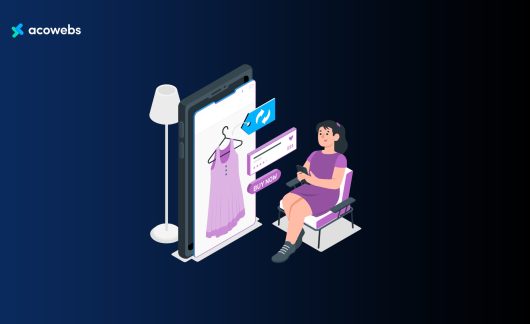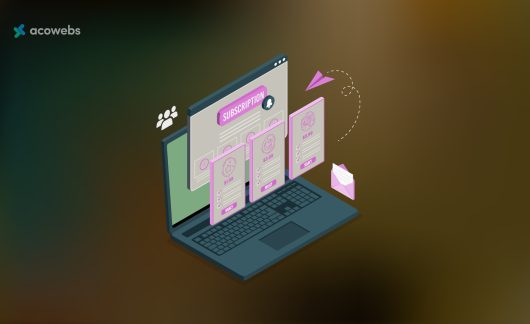IoT devices have existed since the first Coca Cola vending machine in 1982. Today, the Internet of Things has penetrated all sectors, from healthcare to e-commerce. The first IoT machine, the Coca Cola vending machine, would report the stock left and how cold the drinks were. Although the machine was primitive by today’s standards, it still stands as the first IoT device.
As the IoT industry grows rapidly, e-commerce businesses are leveraging the growth to improve their bottom line. By 2021, Bain estimates that the Internet of Things market share will rise to more than $520 billion.
The devices, services, and equipment linked to IoT are ever-increasing. Today, more devices can connect to the internet from refrigerators that can notify you when you are going low on milk to a voice assistant that can order goods online for you.
Amazon is one of the e-commerce companies that have leveraged the growth in IoT to rake in more sales. The company, through its Amazon Alexa and Smart Speakers, has been a leader in IoT. This is not where Amazon stops, through the Amazon Web Services, the company seeks to reach out to even more people and sell more.
ALSO READ: The Evolution Of eCommerce: What Does The Future Has In Store?
Below are the ways e-commerce companies are taking advantage of IoT to increase sales:
Market Analysis With A Personalized Approach
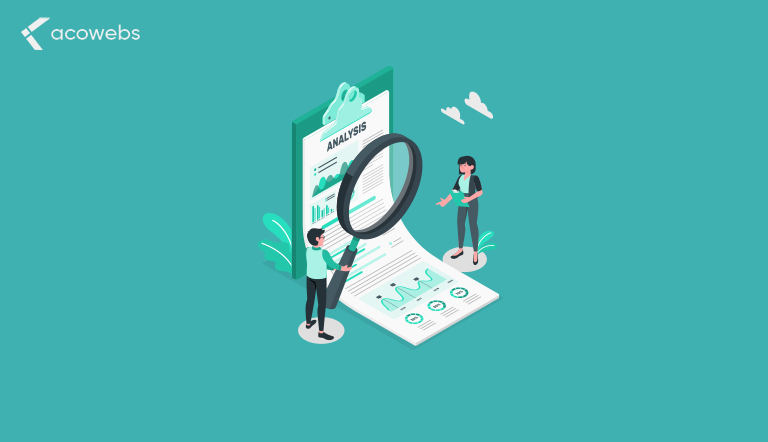
Today, e-commerce businesses can analyze the market better. These companies use data collected from IoT connected devices to get insights into the lifestyles and habits of their customers. This way, companies can create better-targeted marketing campaigns that deliver goods or services that the customers need.
With IoT, a business recognizes the needs of its customers through their shopping patterns, search trends, and online browsing. This way companies will be having a better conversion rate and can sell targeted products and services. Again, when a business has insights on the lifestyle and habits of a customer, they can influence their purchase decisions.
Not only are e-commerce businesses able to send targeted ads, but their personal recommendations are also endless. If, for instance, you have a smart vacuum cleaner and you turn it on for spring cleaning, the device sends information to the e-commerce site where you have an account.
The website can then send you recommendations for cleaning liquids and other items to help you with spring cleaning.
Insurance companies are already using IoT to collect customer data. The companies use data collected by rental car companies through IoT devices such as GPS to grant or deny claims. Very soon, the same might be used by e-commerce businesses to market tires and side mirrors to drivers.
Mobile phones are more relevant today to e-commerce businesses than they were a few years ago. Of all IoT devices, a smartphone is the most important to e-commerce companies as the device is always on the hands of the users.
By 2021, eMarketer estimates that online purchases from mobile devices will take a market share of more than 72 percent. With IoT, e-commerce companies can detect devices that belong to the same person, smartphones, laptops, and desktops.
This way, they will offer consistent marketing on every device. The smartphone is the most accessible device for businesses to reach out to customers.
ALSO READ: An Ultimate Guide To WooCommerce Drop Shipping
Inventory Management And Warehouse Maintenance

The oldest IoT machine earlier mentioned would detect when the vending machine was running low on stock and order more. Today, the same concept applies to warehouses.
The whole stock management is done via IoT (Internet of Things) Ecommerce businesses never have to run out of stock with smart IoT sensors, RFID tags, and chips that make real-time inventory management easy.
The whole process is streamlined, so there are no errors in reporting. Implementing IoT is challenging for companies running traditional inventory management systems, as Samsung Insights observes.
All the systems in a warehouse need to connect and share information. Warehouses need to consider device management and security when implementing the new system.
Inventory management is not the only way that IoT helps e-commerce businesses. IoT chips are used to track and automatically store information such as product type, manufacturer, expiry date, and batch IDs.
This way, it is easy for warehouse workers to find items in the warehouse and track the number of items sold. E-commerce can use that data to predict sales of specific items in the future and restock as necessary.
Today, e-commerce companies use smart shelves to ensure they never run out of stock. These shelves measure the weight and pressure on the shelves and transmit the data over the internet.
With IoT, e-commerce businesses can ensure that the conditions in the warehouses do not support spoilage. Smart devices can monitor and control conditions, such as temperature, humidity, vibrations, and noise levels. The sensors ensure that goods do not spoil in the warehouse, something that could see these companies experience losses.
Lastly, IoT is applied in warehouse maintenance. Instead of hiring hundreds of workers in a warehouse, IoT can be used to monitor the condition of equipment such as forklifts.
Sensors offer insights to help with predictive maintenance of the equipment to reduce the loss of productivity. Today, Amazon uses robots to pick and package goods. These robots can move at a speed of 8 kilometers per hour, carrying over 300 kg.
ALSO READ: 13 Reasons Why WooCommerce Is perfect For eCommerce Startups
Streamline Supply Logistics
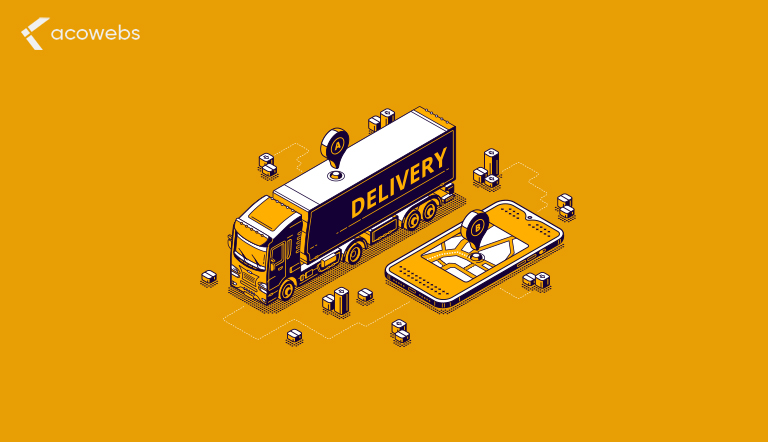
IoT streamlines the supply process. From order preparation to delivery confirmation, IoT is applicable. An efficient supply chain is crucial for the success of every e-commerce business.
With IoT, goods can efficiently move from one area to the next with much ease, without the risk of loss. Companies use RFID tags and GPS to track items from the warehouse, through every shipment stage, up to the customer. Managers get the full picture, including location, truck, the temperature of the goods, driver, the weather, and much more.
It is also possible to track the route used and the speed of shipments. This is why e-commerce sites today can almost accurately predict the expected time of arrival of shipped products. Companies avoid loss and misplacement of shipped goods. Sensors fitted on the delivery trucks give real-time data on location and other metrics.
Self-driving cars are a reality today. Companies such as Google, Tesla Motors, Mercedes-Benz, Volkswagen, and BMW are already using IoT for cars. Although self-driving cars are not yet deployed on the roads, they are already working in warehouses.
Soon, these cars will deliver parcels bought on e-commerce platforms to customers. Posten Norge, a Norwegian postal service, is planning to roll out the use of self-driving devices to deliver packages.
IoT has further made the delivery process swifter by allowing various e-commerce businesses to send automated messages to customers on the status of the shipment.
A message is sent a few days before the delivery date and other messages sent at different stages in the shipment process. This way, customers do not have to worry about the loss of packages.
Smart Homes and Ecommerce

Smart homes make it easy for consumers to order goods online. Instead of browsing through hundreds of products while sitting at their computer, consumers can now speak to a voice assistant and ask them to buy a product. This means that e-commerce sites have to be created in a way to appeal to AI and not just to humans.
Companies such as Amazon are already using smart home devices to sell more. Not only is the shopping process simple, but the e-commerce businesses also collect data from the devices to inform their marketing decisions in the future.
ALSO READ: 12 Tips For eCommerce Product Photography
Amazon and IoT
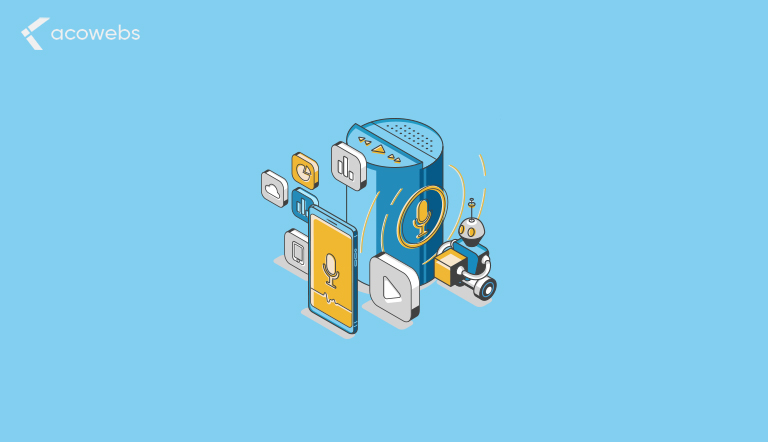
Upcoming eCommerce businesses can learn from Amazon. It is one of the largest e-commerce platforms and a leader in IoT.
The company has a couple of devices, including Dash buttons, Smart Speakers, Amazon Alexa, AWT IoT devices, and many smart services.
The Dash buttons are simple devices that homeowners can stick on their walls and order household items whenever they need them.
When a homeowner needs a product, all they need to do is push a button, and the order is placed through the accompanying app and the home Wi-Fi. The Dash buttons are no longer in operation, but a new version of such buttons is available on smart devices.
Another device is the Amazon Echo, the most popular smart speaker on the market. According to Amazon, consumers with Echo Smart Speakers spent an average of $1,700 on Amazon in 2017.
This was $700 more than the average Amazon shopper and $400 more than the average Amazon Prime member. Consumers using the Echo Speakers can communicate with Amazon Alexa to order products online. These consumers can also preorder the same products they have ordered for many years from Amazon.
Amazon also introduced another service, Key for Garage. This is a special garage door opener that delivery drivers can use to securely place your package inside the garage. This is the latest addition to their smart key devices.
The company also partnered with Realogy to connect homeowners to real estate agents. When consumers buy a home, Amazon can then sell them their smart home devices. Amazon seeks to have more of their smart devices in homes.
Some devices, such as the Amazon Echo are sold cheaply. The goal is not to make money but to make it easier for customers to order products online. And this is already seen with the increased sales from customers with Echo Speakers.
ALSO READ: The Amazon Effect: What It Means For eCommerce Businesses For 2020 And Beyond
Conclusion
There are many ways IoT can be applied in e-commerce. The real driver behind these applications is big data. IoT devices can collect and analyze loads of data. When e-commerce businesses get their hands on the data, they can make better marketing decisions and make more sales.
With data, these businesses can cover opportunities and streamline their services. Giant e-commerce companies are already ahead in the IoT game. Other companies should follow and realize the benefits.
Acowebs are developers of WooCommerce Discount Rules that will help you add bulk discounts to products on your stores. It also developed the plugin for adding various extra product fields which is called WooCommerce product addons, that are lightweight and fast. You can easily update your store with these add-ons and enjoy a hassle-free experience, check out the best options for additional WooCommerce product options.












 Login
Login
 Cart
Cart






